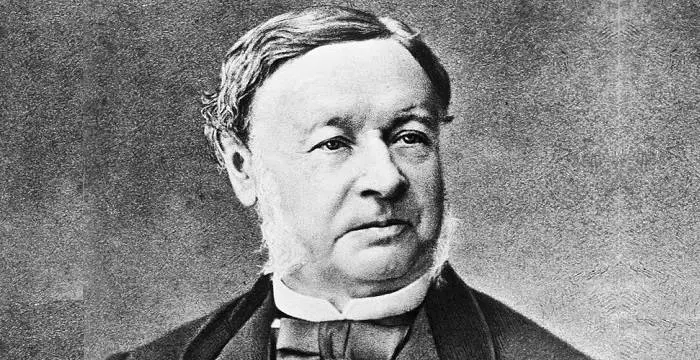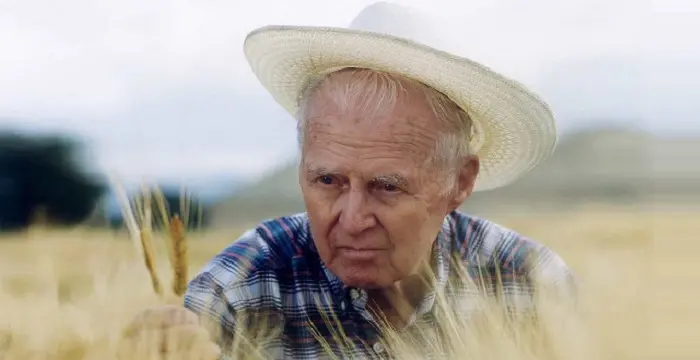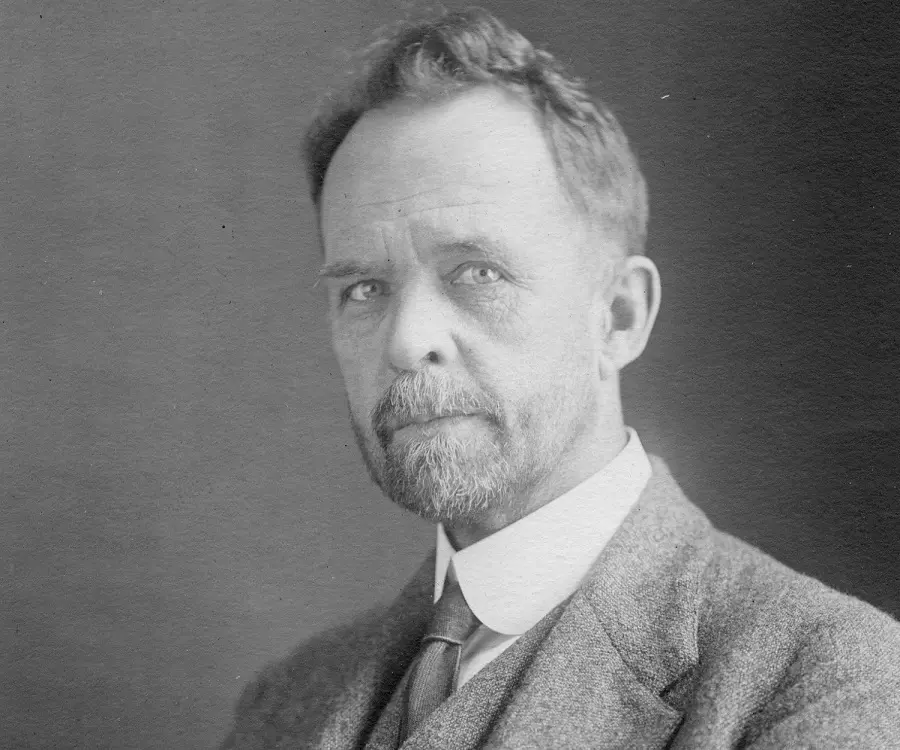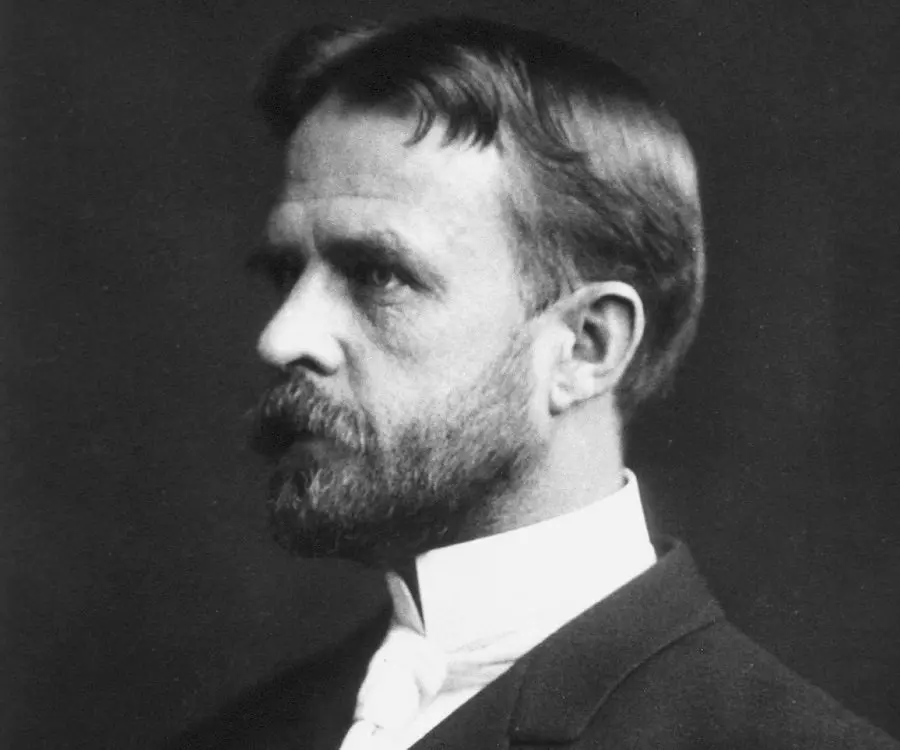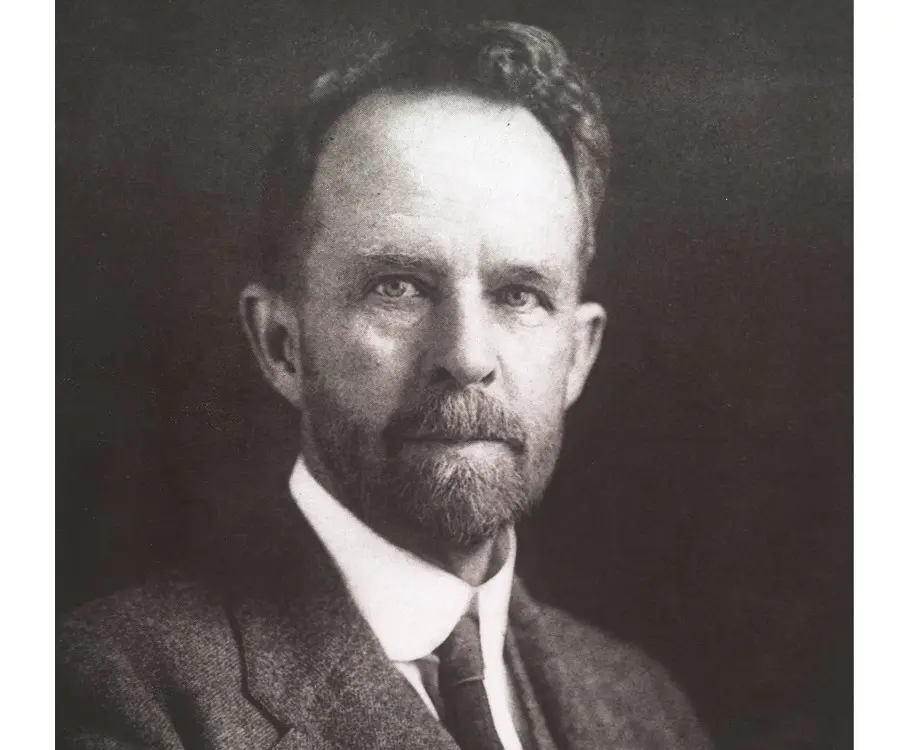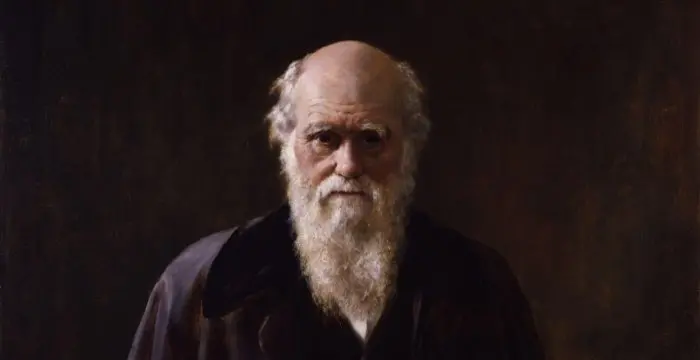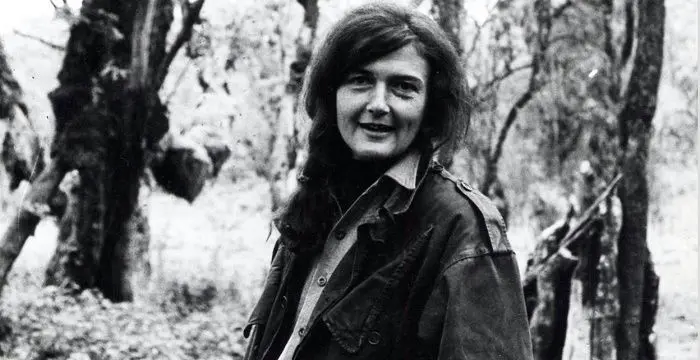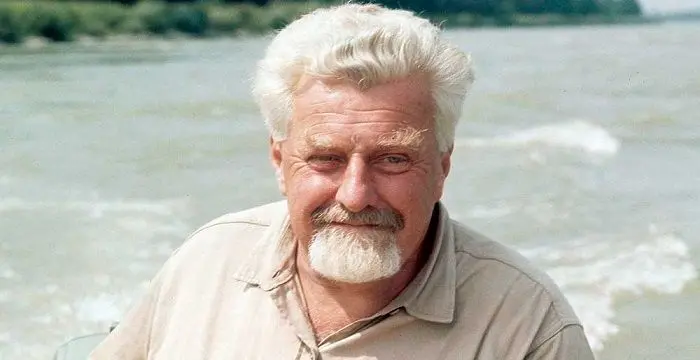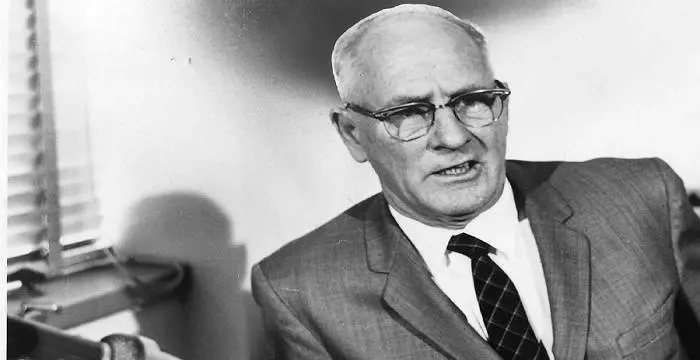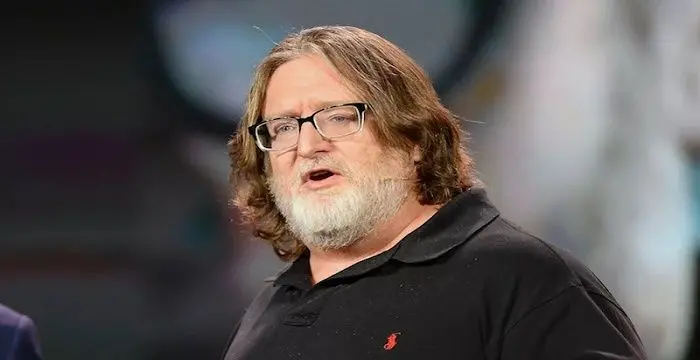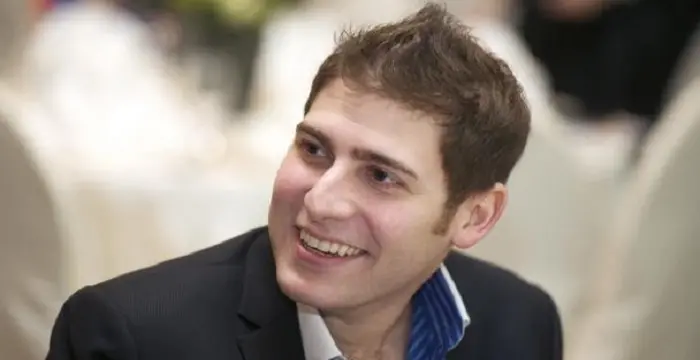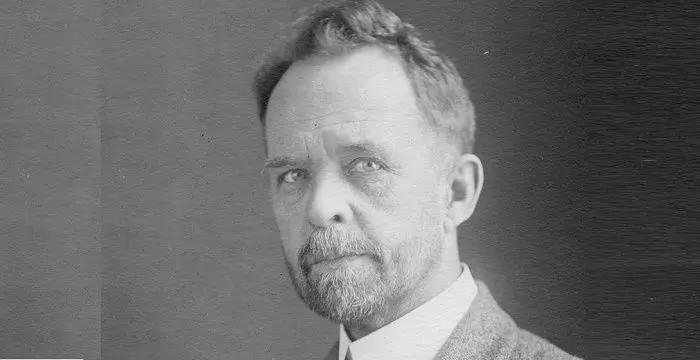
Thomas Hunt Morgan - Zoologists, Facts and Family
Thomas Hunt Morgan's Personal Details
Thomas Hunt Morgan was a Nobel Prize winning American evolutionary biologist, geneticist and embryologist
| Information | Detail |
|---|---|
| Birthday | September 25, 1866 |
| Died on | December 4, 1945 |
| Nationality | American |
| Famous | Scientists, Biologists, Geneticists, Zoologists |
| Known as | Thomas Morgan |
| Childrens | Isabel Morgan |
| Universities |
|
| Birth Place | Lexington |
| Gender | Male |
| Sun Sign | Libra |
| Born in | Lexington |
| Famous as | Geneticist |
| Died at Age | 79 |
// Famous Biologists
Juliane Koepcke
Juliane Koepcke is a German-Peruvian biologist, who was the lone survivor among the 92 passengers and crew of the ill-fated LANSA Flight 508 that crashed in the Peruvian rainforest on 24 December 1971. Know more about her life in this biography.
Theodor Schwann
Theodor Schwann was a German physiologist who discovered the Schwann cells in the peripheral nervous system. This biography of Theodor Schwann provides detailed information about his childhood, life, achievements, works & timeline.
Norman Borlaug
Norman Borlaug was an American biologist known as the “Father of the Green Revolution”. This biography of Norman Borlaug provides detailed information about his childhood, life, achievements, works & timeline.
Thomas Hunt Morgan's photo
Who is Thomas Hunt Morgan?
Thomas Hunt Morgan was a Nobel Prize winning American evolutionary biologist, geneticist and embryologist. He developed an early interest in natural history while roaming around in the countryside of Kentucky and later earned his B.S. in zoology. While working for his postgraduate degree at the newly founded Hopkins University he became especially interested in morphology. Although he began his career at Bryn Mawr College his major works were done at University of Columbia. Here he stressed mainly on evolution and hereditary and worked with ‘Drosophila melanogaster’ (fruit fly) in order to find heritable mutations. After years of painstaking work, he was not only able to integrate Mendel's theories with the Boveri–Sutton chromosome theory of inheritance, but also provide irrefutable evidence for it. His discovery of the theory of the chromosome began to be compared with the discovery of Galileo and Newton because it represented a great leap and opened the door for further studies. He won the Nobel Prize in Physiology for his discoveries that explained the role played by the chromosome in heredity.
// Famous Zoologists
Charles Darwin
Charles Darwin was one of the most influential figures in human history. Go through this biography to get details about his life, profile and timeline.
Dian Fossey
Dian Fossey was an American zoologist and conservationist. Check out this biography to know about her birthday, childhood, family life, achievements and fun facts about her.
Konrad Lorenz
Konrad Lorenz was a Nobel Prize winning scientist from Austria who developed the branch of ethology. This biography provides detailed information regarding his childhood, career, profile and timeline
Childhood & Early Years
Thomas Hunt Morgan was born on September 25, 1866, in Lexington, Kentucky into an influential family of Southern planters. His father, Charlton Hunt Morgan, was a former Confederate officer. His mother, Ellen Key Howard Morgan, was from Maryland.
After the Civil War, because of their involvement with the Confederation, the Morgans lost some of their civil and property rights. Consequently, the family had to go through a tough period.
Young Thomas spent a lot of time wandering in the countryside of Kentucky and Maryland, collecting birds’ eggs and fossils. It created in him an interest in natural history, which remained with him till his death.
In 1880, Morgan was admitted to the preparatory department of the College of Kentucky. Then in 1882, he received admission in the main College. As an undergraduate student, he focused on science and enjoyed studying natural history.
In 1886, he graduated as valedictorian with a B.S. degree in zoology. He then spent the summer at the Marine Biology School in Annisquam, Massachusetts, before shifting to John Hopkins University in Baltimore.
At Hopkins, he studied general biology, anatomy, physiology, morphology and embryology, laying especial stress to morphology, which he studied under William Keith Brooks. After two years of work with Brooks at Hopkins, he received his M.S. degree from the State College of Kentucky in 1888.
Morgan chose sea spiders for his doctoral work and in 1890, received his PhD degree from Hopkins University. Subsequently, he started working for his postdoctoral at the same institute on Bruce fellowship. It allowed him to travel to Bahamas, Jamaica and Naples for further research.
Career
Thomas Hunt Morgan completed his postdoctoral in 1891 and in autumn he was appointed as an Associate Professor of Biology at Bryn Mawr College. There he mainly taught the morphology related subjects.
Although he was a good teacher he was more interested in research work. He spent the first few years at the College researching on aquatic animals like sea acorns, ascidian worms and frogs.
Later in 1894, he took leave of absence for a year and went to Naples to conduct research in the laboratories of Stazione Zoologica. There he became familiar with the Entwicklungsmechanik School of experimental biology and completed an experimental study of ctenophore embryology.
Morgan was made a full professor in 1895. He now began to work on regeneration and development of larva, trying to distinguish between the external and internal causes. In 1897, he published his first book, ‘The Development of the Frog's Egg’.
Subsequently, he began a series of study on the capacity to regenerate in small animals like tadpoles, fish and earthworms. In 1901, he published his findings in another book called ‘Regeneration’.
Some time now, he also began his research on sex determination. In 1903, he published his third book, ‘Evolution and Adaption’, in which he accepted the process of evolution, but criticized Darwin’s theory of natural selection.
In 1904, Morgan shifted to the University of Columbia as Professor of Experimental Zoology. Here his researches focused mainly on hereditary and evolution, trying to prove De Vries' mutation theory experimentally. However, he was skeptical about Mendel's laws of heredity and also about the chromosomal theory of sex determination.
In 1908, Morgan started working on ‘Drosophila melanogaster’ (common fruit fly). He began by cross breeding these flies in order to find heritable mutations. Ultimately in 1910, Morgan found a male fly with white eyes among its red eyed wild sisters.
He then began to cross breed the white eyed mutant fly with its red eyed wild sisters and found that the males were always born with white eye while the females mostly had red eye. Although there were exceptions, the work showed for the first time the relationship between hereditary characters and specific chromosome.
In fact, the papers Morgan published during 1909 and 1910 reflected his belief that chromosomes might be related to sex determination. However, until then he had not concluded that accessory chromosome X was the actual sex determiner.
In 1911, he published his finding in Science Magazine, in which he claimed that some traits were sex-linked and these traits were probably carried on one of the sex chromosomes. He also surmised that the other genes too were carried on specific chromosomes.
Morgan, along with his team of scientist, then accumulated thousands of mutant flies and began to study their complex inheritance patterns. In 1913, he published his findings in his fifth book, titled ‘Heredity and Sex’.
Slowly, he began to accept Mendel's laws and at the same time continued his research with fruit fly. Ultimately, in 1915, he integrated Mendel's theories with the Boveri–Sutton chromosome theory of inheritance and provided incontestable evidence for it.
Also in 1915, Morgan wrote a seminal book with Sturtevant, Calvin Bridges and H. J. Muller. Titled ‘The Mechanism of Mendelian Heredity’, the book is considered to be the fundamental book for the study of new genetics.
Morgan next began to concentrate on embryology. He encouraged his students to take up experimental approach in all fields of biology.
In 1927, Morgan received an offer to establish school of biology at the California Institute of Technology. Although he had by then neared the retirement age he took up the offer enthusiastically and shifted to California in 1928.
Morgan retired from the institute in 1942, but continued as professor and chairman emeritus until his death. The institution under him became a renowned center of research for experimental embryology, genetics and evolution, physiology, biophysics and biochemistry. He also established the Marine Laboratory at Corona del Mar.
Concurrently, he also held number of prestigious positions. For example, from 1927 to 1931 Morgan was the President of the National Academy of Sciences. In 1930 he became the President of the American Association for the Advancement of Science.
Major Work
Morgan is best remembered for his work on chromosome theory of inheritance. His researches with ‘Drosophila melanogaster’ provided incontrovertible evidence for the inheritance theory and made it acceptable to most biologists of the day. In addition, his success with Drosophila also made it one the most widely used model organism.
Awards and Achievements
In 1933, Morgan was awarded with Nobel Prize in Physiology and Medicine "for his discoveries concerning the role played by the chromosome in heredity".
In 1924, Morgan received Darwin Medal from the Royal Society “For his valuable work in zoology and more especially his researches on heredity and cytology.”
In 1939, the Royal Society also awarded him Copley Medal "for his establishment of the modern science of genetics which had revolutionized our understanding, not only of heredity, but of the mechanism and nature of evolution".
In 1919, Morgan was made a Foreign Member of the Royal Society of London.
He received an honorary LL.D. from John Hopkins University and an honorary PhD from the University of Kentucky.
Personal Life & Legacy
In 1904, Thomas Hunt Morgan married Lilian Vaughan Sampson, an experimental biologist, who made significant contribution to his research on ‘Drosophila melanogaster’. She later became known for her discovery of attached-X chromosomes and ring chromosomes.
When they first met she was a student at Bryn Mawr and he was an associate professor at the same institute. In the initial years of their marriage, Lillian set aside her scientific career to raise their four children; one son and three daughters.
One of his daughters, Isabel Merrick Morgan, later became a virologist at Johns Hopkins University. She became known for her work on the preparation of an experimental vaccine to protect monkeys against polio.
Throughout his life Morgan suffered from a chronic duodenal ulcer. In 1945, when he was 79 years old, he experienced a severe heart attack. He died from a ruptured artery on December 4, 1945.
In 1989, Sweden issued a stamp to commemorate his discoveries. The Thomas Hunt Morgan School of Biological Sciences at the University of Kentucky has also been named in his honor.
// Famous Geneticists
Norman Borlaug
Norman Borlaug was an American biologist known as the “Father of the Green Revolution”. This biography of Norman Borlaug provides detailed information about his childhood, life, achievements, works & timeline.
George Wells Beadle
George Wells Beadle was an American geneticist who won the 1958 Nobel Prize in Medicine. Check out this biography to know about his childhood, life, achievements, works & timeline.
Gregor Mendel
Gregor Mendel was an Austrian scientist and monk credited with being the father of modern genetics for his pioneering work in the study of heredity. This biography provides detailed information about his childhood, life, achievements, & timeline.
Thomas Hunt Morgan's awards
| Year | Name | Award |
|---|---|---|
Other | ||
| 0 | 1933 - Nobel Prize in Physiology or Medicine | |
| 0 | 1939 - Copley Medal | |
Thomas Hunt Morgan biography timelines
- // 25th Sep 1866Thomas Hunt Morgan was born on September 25, 1866, in Lexington, Kentucky into an influential family of Southern planters. His father, Charlton Hunt Morgan, was a former Confederate officer. His mother, Ellen Key Howard Morgan, was from Maryland.
- // 1880 To 1882In 1880, Morgan was admitted to the preparatory department of the College of Kentucky. Then in 1882, he received admission in the main College. As an undergraduate student, he focused on science and enjoyed studying natural history.
- // 1886In 1886, he graduated as valedictorian with a B.S. degree in zoology. He then spent the summer at the Marine Biology School in Annisquam, Massachusetts, before shifting to John Hopkins University in Baltimore.
- // 1888At Hopkins, he studied general biology, anatomy, physiology, morphology and embryology, laying especial stress to morphology, which he studied under William Keith Brooks. After two years of work with Brooks at Hopkins, he received his M.S. degree from the State College of Kentucky in 1888.
- // 1890Morgan chose sea spiders for his doctoral work and in 1890, received his PhD degree from Hopkins University. Subsequently, he started working for his postdoctoral at the same institute on Bruce fellowship. It allowed him to travel to Bahamas, Jamaica and Naples for further research.
- // 1891Thomas Hunt Morgan completed his postdoctoral in 1891 and in autumn he was appointed as an Associate Professor of Biology at Bryn Mawr College. There he mainly taught the morphology related subjects.
- // 1894Later in 1894, he took leave of absence for a year and went to Naples to conduct research in the laboratories of Stazione Zoologica. There he became familiar with the Entwicklungsmechanik School of experimental biology and completed an experimental study of ctenophore embryology.
- // 1895 To 1897Morgan was made a full professor in 1895. He now began to work on regeneration and development of larva, trying to distinguish between the external and internal causes. In 1897, he published his first book, ‘The Development of the Frog's Egg’.
- // 1901Subsequently, he began a series of study on the capacity to regenerate in small animals like tadpoles, fish and earthworms. In 1901, he published his findings in another book called ‘Regeneration’.
- // 1903Some time now, he also began his research on sex determination. In 1903, he published his third book, ‘Evolution and Adaption’, in which he accepted the process of evolution, but criticized Darwin’s theory of natural selection.
- // 1904In 1904, Morgan shifted to the University of Columbia as Professor of Experimental Zoology. Here his researches focused mainly on hereditary and evolution, trying to prove De Vries' mutation theory experimentally. However, he was skeptical about Mendel's laws of heredity and also about the chromosomal theory of sex determination.
- // 1904In 1904, Thomas Hunt Morgan married Lilian Vaughan Sampson, an experimental biologist, who made significant contribution to his research on ‘Drosophila melanogaster’. She later became known for her discovery of attached-X chromosomes and ring chromosomes.
- // 1908 To 1910In 1908, Morgan started working on ‘Drosophila melanogaster’ (common fruit fly). He began by cross breeding these flies in order to find heritable mutations. Ultimately in 1910, Morgan found a male fly with white eyes among its red eyed wild sisters.
- // 1909 To 1910In fact, the papers Morgan published during 1909 and 1910 reflected his belief that chromosomes might be related to sex determination. However, until then he had not concluded that accessory chromosome X was the actual sex determiner.
- // 1911In 1911, he published his finding in Science Magazine, in which he claimed that some traits were sex-linked and these traits were probably carried on one of the sex chromosomes. He also surmised that the other genes too were carried on specific chromosomes.
- // 1913Morgan, along with his team of scientist, then accumulated thousands of mutant flies and began to study their complex inheritance patterns. In 1913, he published his findings in his fifth book, titled ‘Heredity and Sex’.
- // 1915Slowly, he began to accept Mendel's laws and at the same time continued his research with fruit fly. Ultimately, in 1915, he integrated Mendel's theories with the Boveri–Sutton chromosome theory of inheritance and provided incontestable evidence for it.
- // 1915Also in 1915, Morgan wrote a seminal book with Sturtevant, Calvin Bridges and H. J. Muller. Titled ‘The Mechanism of Mendelian Heredity’, the book is considered to be the fundamental book for the study of new genetics.
- // 1919In 1919, Morgan was made a Foreign Member of the Royal Society of London.
- // 1924In 1924, Morgan received Darwin Medal from the Royal Society “For his valuable work in zoology and more especially his researches on heredity and cytology.”
- // 1927 To 1928In 1927, Morgan received an offer to establish school of biology at the California Institute of Technology. Although he had by then neared the retirement age he took up the offer enthusiastically and shifted to California in 1928.
- // 1933In 1933, Morgan was awarded with Nobel Prize in Physiology and Medicine "for his discoveries concerning the role played by the chromosome in heredity".
- // 1939In 1939, the Royal Society also awarded him Copley Medal "for his establishment of the modern science of genetics which had revolutionized our understanding, not only of heredity, but of the mechanism and nature of evolution".
- // 1942Morgan retired from the institute in 1942, but continued as professor and chairman emeritus until his death. The institution under him became a renowned center of research for experimental embryology, genetics and evolution, physiology, biophysics and biochemistry. He also established the Marine Laboratory at Corona del Mar.
- // 4th Dec 1945Throughout his life Morgan suffered from a chronic duodenal ulcer. In 1945, when he was 79 years old, he experienced a severe heart attack. He died from a ruptured artery on December 4, 1945.
- // 1989In 1989, Sweden issued a stamp to commemorate his discoveries. The Thomas Hunt Morgan School of Biological Sciences at the University of Kentucky has also been named in his honor.
// Famous Scientists
Juliane Koepcke
Juliane Koepcke is a German-Peruvian biologist, who was the lone survivor among the 92 passengers and crew of the ill-fated LANSA Flight 508 that crashed in the Peruvian rainforest on 24 December 1971. Know more about her life in this biography.
Henry Cavendish
Henry Cavendish was a theoretical chemist and physicist, renowned for discovery of hydrogen and calculation of the mass of earth. To know more about his childhood, profile, timeline and career read on
Konstantin Tsiolkovsky
Konstantin Tsiolkovsky was a Russian rocket scientist and a pioneer of astronautics. This biography provides detailed information about his childhood, family, personal life, career, achievements, etc.
Gabe Newell
Gabe Newell is an American computer programmer and businessman, best known as the co-founder of ‘Valve Corporation.’ This biography provides detailed information about his childhood, family, personal life, career, etc.
Grigori Perelman
Grigori Perelman is a Russian mathematician who is best known for his contributions to Riemannian geometry and geometric topology. Check out this biography to know about his childhood, family life, achievements and fun facts about him.
Eduardo Saverin
Eduardo Luiz Saverin is a Brazilian internet entrepreneur and investor. This biography profiles his childhood, life, career, achievements, and timeline
Thomas Hunt Morgan's FAQ
What is Thomas Hunt Morgan birthday?
Thomas Hunt Morgan was born at 1866-09-25
When was Thomas Hunt Morgan died?
Thomas Hunt Morgan was died at 1945-12-04
Where was Thomas Hunt Morgan died?
Thomas Hunt Morgan was died in Pasadena
Which age was Thomas Hunt Morgan died?
Thomas Hunt Morgan was died at age 79
Where is Thomas Hunt Morgan's birth place?
Thomas Hunt Morgan was born in Lexington
What is Thomas Hunt Morgan nationalities?
Thomas Hunt Morgan's nationalities is American
Who is Thomas Hunt Morgan childrens?
Thomas Hunt Morgan's childrens is Isabel Morgan
What was Thomas Hunt Morgan universities?
Thomas Hunt Morgan studied at Johns Hopkins University, University of Kentucky
What is Thomas Hunt Morgan's sun sign?
Thomas Hunt Morgan is Libra
How famous is Thomas Hunt Morgan?
Thomas Hunt Morgan is famouse as Geneticist

